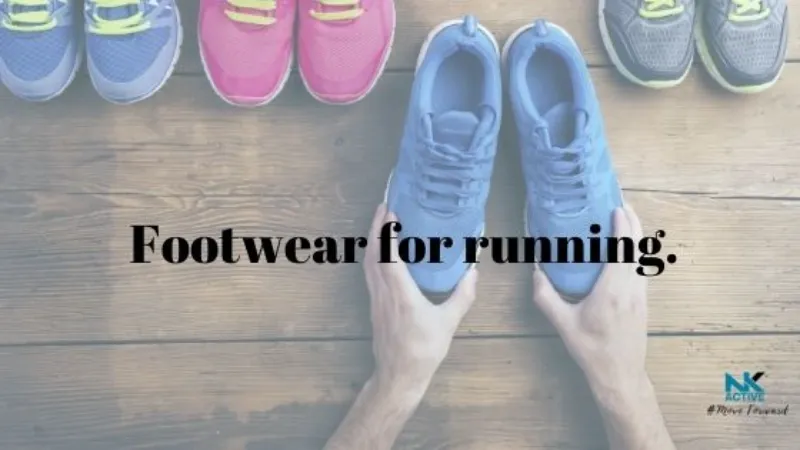
December 9, 2020
Footwear for Running.
Trainers, where to start? Natalie Green from NK Active gives us some insight and shares three things to consider before a running shoe purchase!
Running shoes and injuries.
There are so many different brands/ makes and models to choose from and it can be a daunting task to pick a pair right for you. Studies currently suggest that a runner’s perception on injury causes is footwear, whereas footwear causes less than 10% of injuries.
Three main points to consider when picking the right shoe for your running needs are:
- Shoe fits the right purpose. This is one of the most important things you need to decide. What will you be using your shoes for: Trails, road, or track? And what type of mileage will you be using them for, high, medium, or low? And even think about whether you want the trainer specifically for training, recovery, or racing? Picking a shoe that fits your purpose is a very valuable tool to use when looking for that perfect pair. For example, a trail runner will look for durability, grippy tread and cushioning shoes, whereas a road runner will look for more lightweight, responsive, and cushioned shoes. There is no right or wrong because it is down to comfort; however, you can gain a lot performance wise if you really think about your shoe type.
- Fit the right shoe. With all the different shoe brands it is so easy to find a shoe that fits you. We have so much variety to pick from. This can be from choosing between a narrow or wider toe box or the size of heel drop. Currently there a lot of brands that are making shoes with bigger heel drops than previous models. For example, ultra-runners will tend to go for a wider shoe to allow for more comfort when running. From an injury point of view there are some considerations to look at. For example, Achilles tendon issues. It has been proposed that a lower heel drop does increase the load through the Achilles structure, therefore somebody who has previously experienced or are currently dealing with Achilles pain should go for a heel drop between 8-10 mm. In general Brook and New balance will come up wider, and Asics and Nike are slightly narrower. However, if you have a shoe with a mesh upper you have a little more scope for width fitting as the shoe will shape around the foot.
- Shoe type and foot type. There is a myth around that if you have a pronated foot (rolled in) you will need a support shoe all of the time. This is not true; there are times when support shoes are needed, however, when looking at a running shoe it is important to not just to look at the foot, but instead to look at the whole lower limb. There is little evidence to support the theory that we need a shoe to make the foot straight. Currently the best guidance is to make sure the shoe fits, it is the right shoe for the job and it is comfortable.
Research and multi-shoe purchases.
Make sure to research the type of shoe that you are interested in, ask friends, and try the shoes on when you can.
From personal experience, when I tend to find a good trainer, more so a training shoe, I tend to buy a couple of pairs as with so many new ones being released they always seem to have stopped making the model that I am after!
Well this blog seems perfect timing with Christmas coming up… #NKActive #moveforward